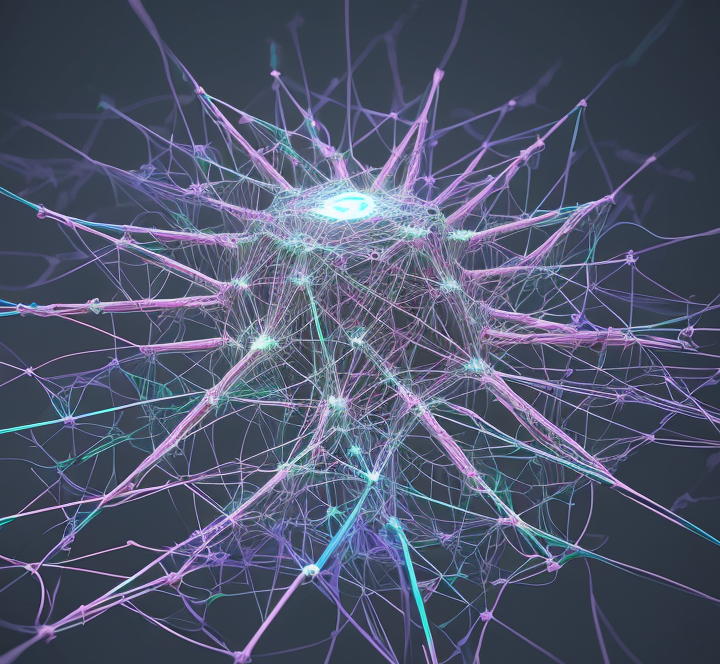TLDR summary:
-
Researchers at MIT and Tufts University have developed an AI model called ConPLex that can screen over 100 million drug compounds in a day to predict their interactions with target proteins. This is much faster than existing computational methods and could significantly speed up the drug discovery process.
-
Most existing computational drug screening methods calculate the 3D structures of proteins and drug molecules, which is very time-consuming. The new ConPLex model uses a language model to analyze amino acid sequences and drug compounds and predict their interactions without needing to calculate 3D structures.
-
The ConPLex model was trained on a database of over 20,000 proteins to learn associations between amino acid sequences and structures. It represents proteins and drug molecules as numerical representations that capture their important features. It can then determine if a drug molecule will bind to a protein based on these numerical representations alone.
-
The researchers enhanced the model using a technique called contrastive learning, in which they trained the model to distinguish real drug-protein interactions from decoys that look similar but do not actually interact. This makes the model less likely to predict false interactions.
-
The researchers tested the model by screening 4,700 drug candidates against 51 protein kinases. Experiments confirmed that 12 of the 19 top hits had strong binding, including 4 with extremely strong binding. The model could be useful for screening drug toxicity and other applications.
-
The new model could significantly reduce drug failure rates and the cost of drug development. It represents a breakthrough in predicting drug-target interactions and could be further improved by incorporating more data and molecular generation methods.
-
The model and data used in this research have been made publicly available for other scientists to use.


